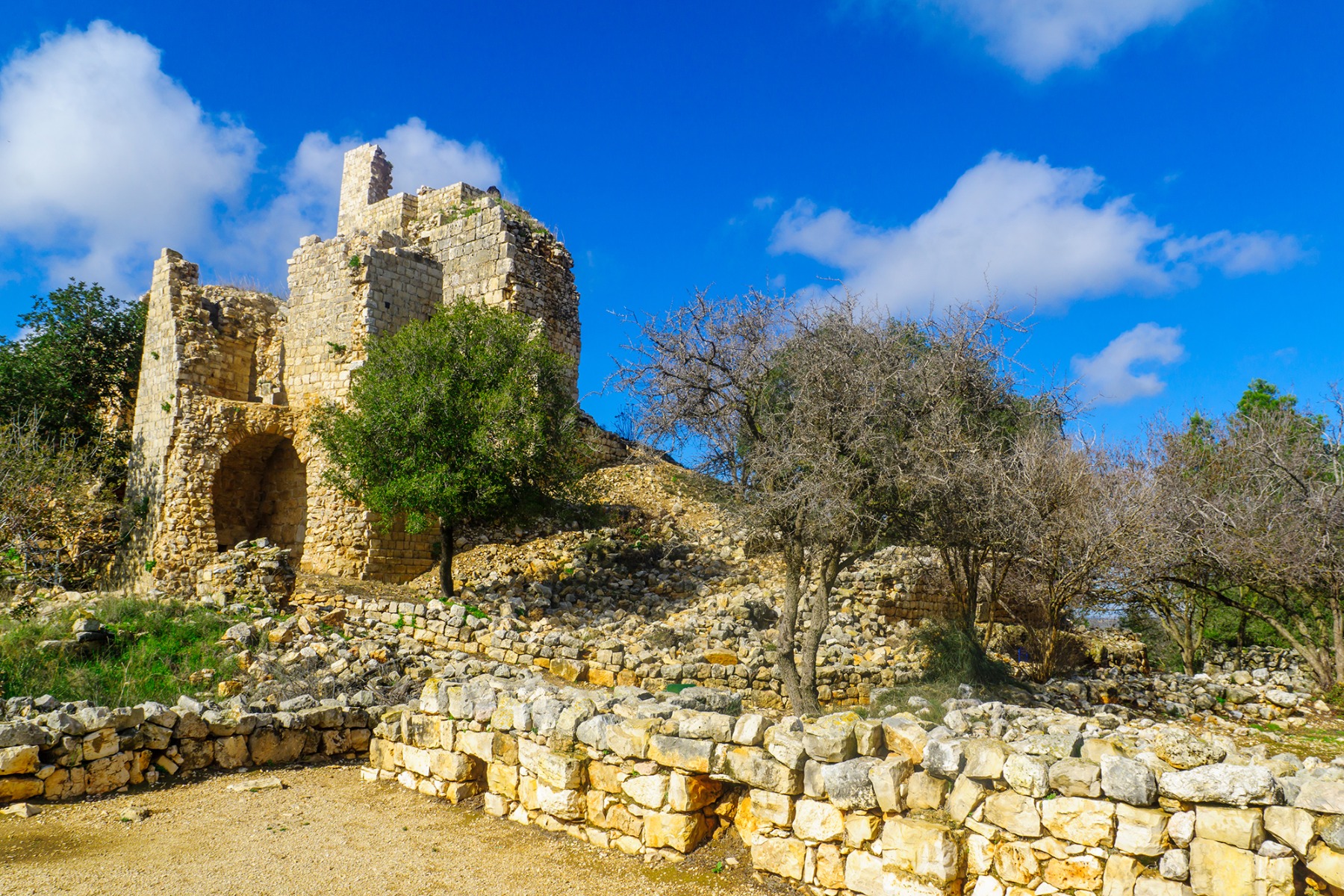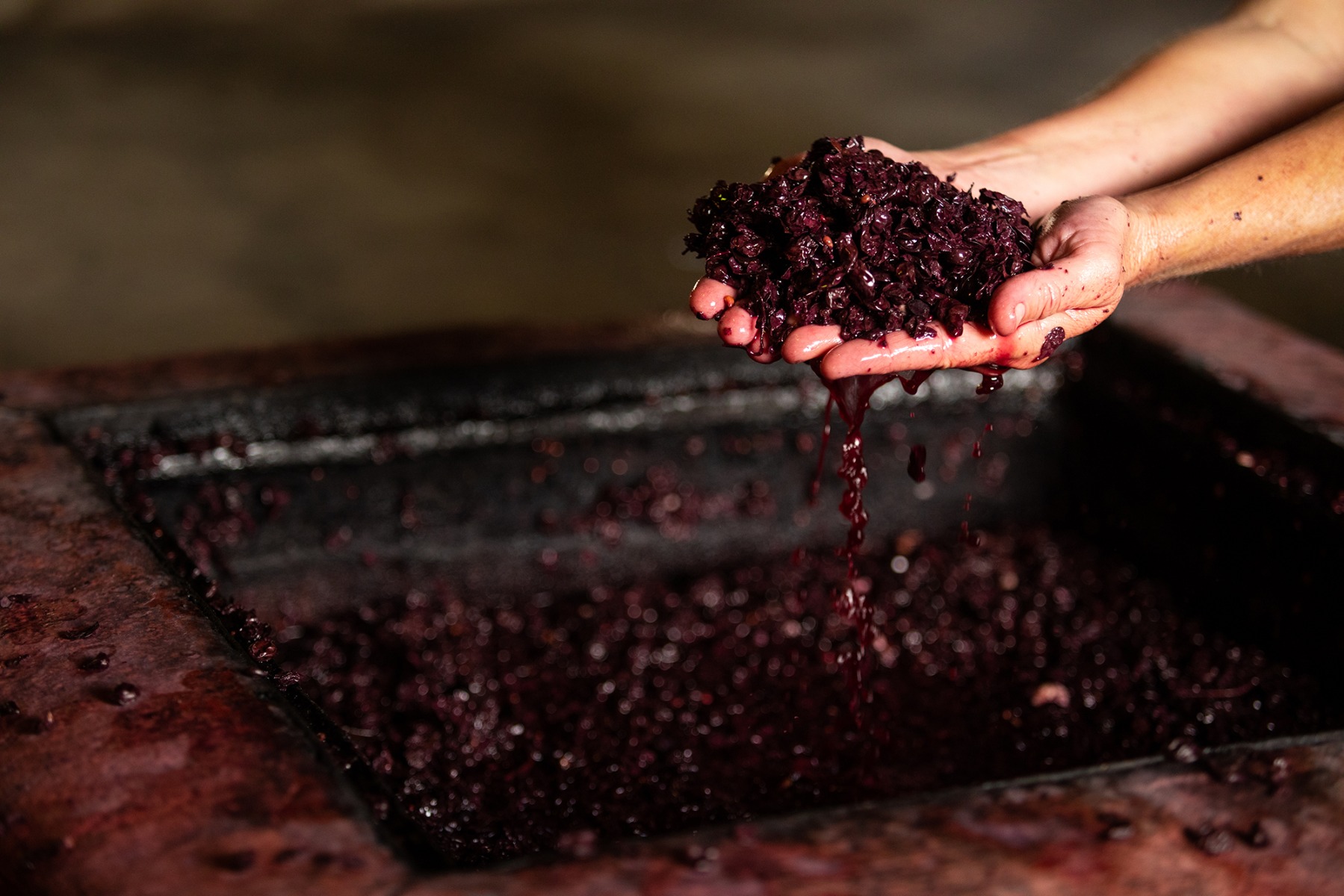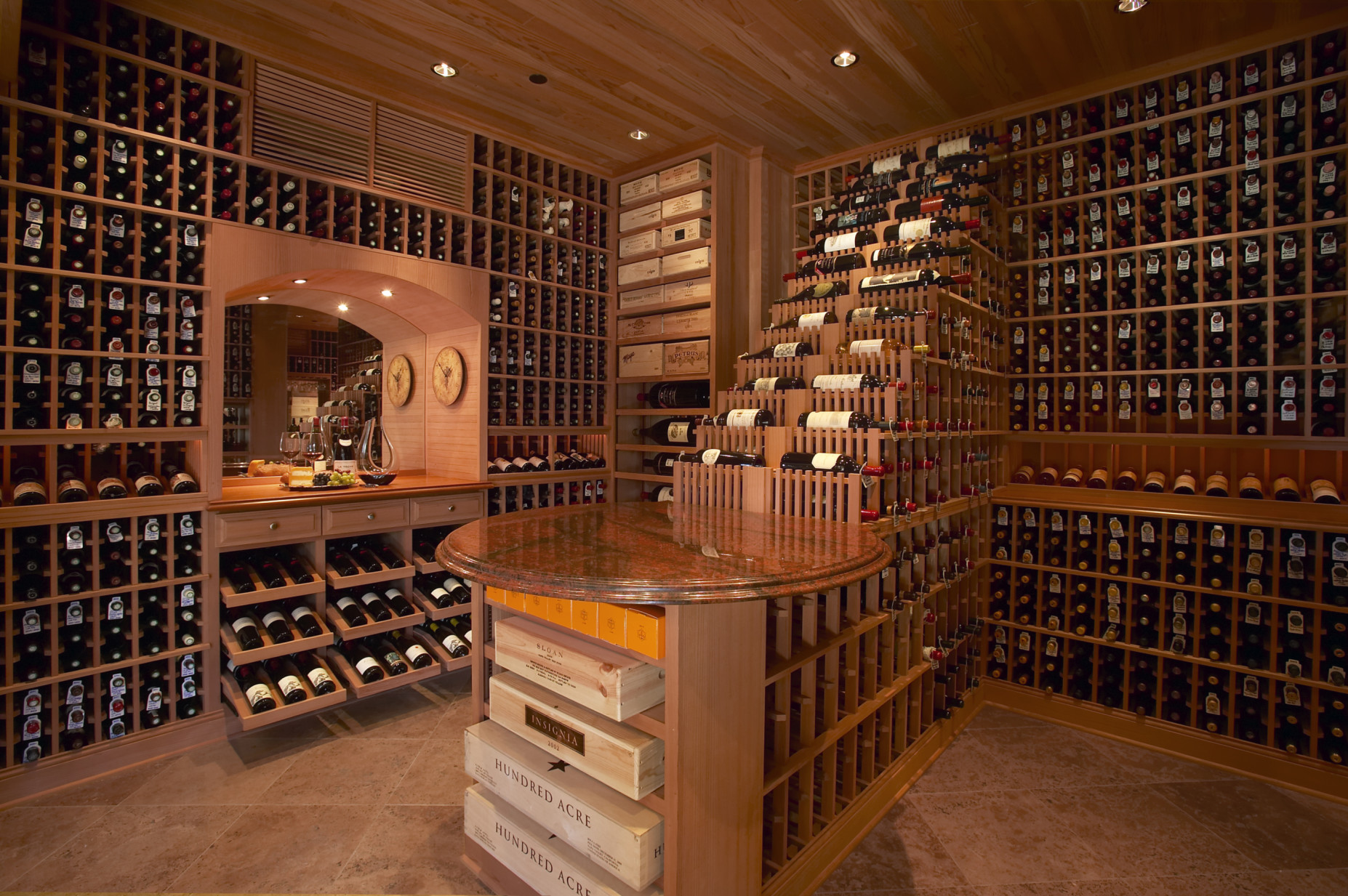"Drink," I said, presenting him the wine. He raised it to his lips with a leer. He paused and nodded to me familiarly, while his bells jingled. "I drink," he said, "to the buried that repose around us."
-Edgar Allen Poe, "The Cask of Amontillado"
Wine is almost a staple luxury in every country. But have you ever wondered how the science of aging wine came to be? Whether you are a simple wine enthusiast, or are aiming to become a sommelier, it is important to understand the science of aging wines.
Surrounded by crumbling corpses and carefully aging bottles, a murderer befuddles his victim with expensive wine, preparing to lure him deep underground with the promise of a rare Amontillado sherry. Eventually, he will immure him amid the barrels in the Italian catacombs, leaving him to die among the wine he loved so much. As strange as it may seem, Poe's fiction in "The Cask of Amontillado" is rooted in fact. For thousands of years, wine collectors have known that the dark, damp, and cool conditions underground improve their favorite beverage. For the Romans, what best fit the bill was the hundreds of miles of subterranean cemeteries that ran beneath their city.
Please call us today at 1-800-876-8789

History of Aging Wine
The earliest evidence of stored wine comes from 7,000 year-old pottery jugs that were buried in the dirt floor of a Neolithic kitchen in Iran. The Romans used their catacombs. The French began the practice of digging wine caves designed specially to store their adored beverage. Wine collectors turned from catacombs to caves, and from caves to cellars. Today, wine cellars and cabinets function as the ideal wine storage sites, with temperature, humidity, and light controlled to the last degree. Wine enthusiasts can spend hundreds of thousands of dollars to install a fully equipped wine cellar.
Wine stands as one of the few consumable goods that can improve with time, given, of course, the right set of circumstances. Most of us know about as much as the Romans: wine must be kept in a cool, dark, place. So why can't we just stash it in the fridge? Or the garage? We're all familiar with the general conditions required to age wine well, but what is it about the chemistry of wine that improves with time?
The Chemistry of Aging Wine
Wine is a complex combination of many chemical compounds, which change as they interact with each other and their environment. Intricate reactions between the acids, sugars, alcohols, esters and phenolic compounds in wine are what modify the aromas in the bottle. When we age wine, we hope for changes that cause the wine to mature well by gaining a complex mix of complimentary flavors. As the chemical reactions that take place during aging vary between grape varietals, regions, and even crops from year to year, they are not easily quantifiable, and we are not yet at a point from which we can predict exactly what flavors a wine will develop as it ages. But what we do know is that as the compounds in wine react over time, they create new flavors, changing the original product into something more complex and subtle. A correctly aged Pinot Noir can gain aromas of truffles; a Syrah can become fragrant with rich spices.
It is theorized that grapes evolved aromatic compounds as a means to entice pollinating insects, and it's lucky for us that they did, for without the primary aromas from the grapes, the chemical reactions that take place during aging would have no materials to work on, and we'd never end up with tertiary flavors like leather, earth, and nuts that give a properly aged wine its complexity.

Esters
Esters are one kind of compound that contributes to the wine's aroma. Esters are created when the alcohol in wine reacts with the acids. The type of yeast used during fermentation plays the major role in determining what kinds of esters are produced during this process of esterification. Hydrogen, which is more abundant in wines with greater acidity, encourages this reaction to take place. Paradoxically, the presence of hydrogen can also make the reaction reverse, turning esters into alcohol and acid. This complex reaction is one of the ways in which wine could be called a living, breathing organism: the give-and-take between esters and their primary compounds means that the flavors in wine are constantly changing. The esters in a Chardonnay opened after 2 years might taste of pears. After 5 years, they might have developed into a distinct buttery flavor. But the esters aren't the only chemicals that influence aroma.
Tannins & Other Phenolic Compounds
Phenolic compounds are the chemicals responsible for many of the tastes and smells we perceive in all foods. The phenolic compound aldehyde, for example, imparts tastes of vanilla. Ethylphenol smells like horse - a flavor you'd most likely want to avoid in your carefully aged wine. (At this point, it is important to clarify that since your tastes buds can only detect the five basic flavors of salty, sweet, bitter, sour, and umami, the oaky notes you're "tasting" in your wine are really aromas picked up by your olfactory receptors.) The phenolic compounds present in a bottle of wine slowly change as it ages. There is more than one type of phenolic compound, but the kind most important to wine aging is tannins.
Have you ever opened a bold, rich wine, such as a Cabernet Sauvignon, and taken a swig, only to be rewarded with a dry, bitter taste that makes your mouth pucker? For that unpleasant sensation, you can thank the wine's tannins, the most important of its phenolic compounds, at least where aging is concerned. Tannins love to bind to proteins (which is why red wines, which are high in tannins, tend to go well with red meats). When we drink wine that contains tannins, they bind to the proteins in our saliva, inhibiting saliva's ability to lubricate the mouth, and causing that puckering, astringent feeling. As a wine ages, its tannins slowly undergo polymerization, a reaction that binds them together in long chains. Once bound together, tannins fall to the bottom of the bottle as sediment, lose their ability to bind with other compounds, and the aged wine loses its astringent qualities and starts to taste mellower.
So why not just leave the tannins out in the first place, and start with a product that is already "mellow"? Winemakers often take great care to do just that, by crushing grapes gently to limit the amount of tannins released from the skins, seeds, and stems: the so-called "bad" tannins that don't easily undergo polymerization. But the "good" tannins that come from oak barrels, once aged and bonded together, give wine qualities connoisseurs term "supple" and "smooth." Tannins are disloyal friends: they bind not only with each other, but also with other aromatic chemicals in wine, keeping them from evaporating and so helping the wine hold onto its old flavors as it gains new ones, thereby increasing complexity. Tannins also help preserve wine by preventing oxidation.
Oxygen, Friend or Foe?
Oxidation is both a wine's enemy and a wine's friend. When oxygen reacts with alcohol, it creates acetic acid, or vinegar. Too many years in the cellar, and that fine Bordeaux could be composed of more vinegar than alcohol--not something typically desired to accompany a filet mignon. Oxidation also alters the colors of wine. Just like a cut apple, wine will turn brown when it comes in contact with the air. Aged red wine is naturally brick-colored, aged white is golden-brown; but too-brown colors are undesirable. Just as a little lemon juice added to that cut apple keeps it from browning, wines with higher acidities tend to turn brown less rapidly, and so are better candidates for aging.
But exposure to oxygen isn't all bad. Oxygen helps the fruity flavors of a young wine fade and combine with the woodsy flavors from the barrel, creating something that is more "winey" than "fruity." Age wine more, and it will develop earthy, nutty, flavors in alongside its fruity ones. Wine is said to breathe through the cork, and it does, for the influx of oxygen through the cork's pores helps the wine mature. (Wine purists denounce the newer synthetic corks and screw caps for just this reason.) The oxidation of tartaric acid, for example, creates some of the tertiary aromas that eventually form the kind of bouquet that wine connoisseurs will pay top dollar for. Decanting wines in a wine decanter encourages oxidation and can improve a young wine's flavor profile.

Modern custom wine cellars like this beautiful large custom wine cellar in Rancho Santa Fe, California are designed to support the ideal environment for storing wine.
Age Wines in a Cool, Damp Place
The wide variety of subtle reactions that take place as wine ages require very specific conditions to create an optimal product. These are: a stable temperature of around 55°, a relative humidity of around 70%, and protection from direct light.
Wine experts have been able to quantify what the Romans knew to be true thousands of years ago: wines age best under cool conditions. An 18° increase from the 55° baseline doubles the rate of chemical reactions in wine. But if chemical reactions age the wine, why not increase the temperature and get a decade's worth of flavor complexity in a few years? Unfortunately, there are no such shortcuts. A temperature of 55° is the perfect environment for the chemical reactions that result in good wine. But it's too cold to allow other, undesirable reactions that can give a wine unwanted aromas. Even a short exposure to extreme temperatures can trigger unwanted reactions and ruin the wine. Wine ages best at a temperature that is both cool and constant. Wine cellar cooling systems are designed to maintain that perfect temperature in your cellar or cabinet.
A humidity of around 70% is ideal for aging wine. A too-humid environment will cause mold to form on the cork, possibly contaminating the wine. Not enough humidity, and the cork will dry out and crack. A too-dry environment will also cause wine to rapidly evaporate from the bottle, creating a vacuum that sucks in oxygen-rich air. Too much oxidation, as we have seen, turns wine sour. Typically, installing a cooling unit reduces humidity, so if you are concerned about a too-dry aging environment you may wish to add a humidifier.
Exposure to too much ultraviolet (UV) light will cause the otherwise stable organic compounds in wine to degrade. These organic compounds contribute much to the finished product. As we've seen, phenolic compounds and esters create taste, and tannins contribute to the wine's structure. The deterioration of these essential compounds will cause the wine to become flavorless. Usually, limited exposure to light won't damage a wine, but if you're intending to invest a lot of time in aging a wine, you should play it safe and store your wines in a dark place. When choosing a cabinet for aging wine, be sure to select one with solid or UV-resistant doors.
The Perfect Balance
Wine aging is a science. A single bottle of wine can contain hundreds of chemical compounds that react over time. The reactions common to each type of wine are understood, and the type of changes in aroma that occur in them are rarely surprising. But wine aging is also an art. Each crop of grapes is different. Each bottle of wine will age a little differently from the next; the perfect time to uncork a particular grape varietal will change with the region, the year, and the specific process the grapes undergo as they are being smashed and fermented into wine.
Ultimately, it's all about balance. A perfectly aged wine will have an optimal combination of three things: fruit flavors, fermentation flavors, and aging flavors. Whether this takes a year and a half or more than ten years depends on the bottle and the conditions it is kept in. Understanding the science behind wine aging can't provide a magic formula that tells us when to open that particular Merlot, but it can help us understand why it needs to be kept under controlled conditions. And it can even help us guess at what flavors it might be developing as the wine slowly turns deep, reddish-brown in that dark corner of our modern, climate-controlled version of Poe's catacombs.




